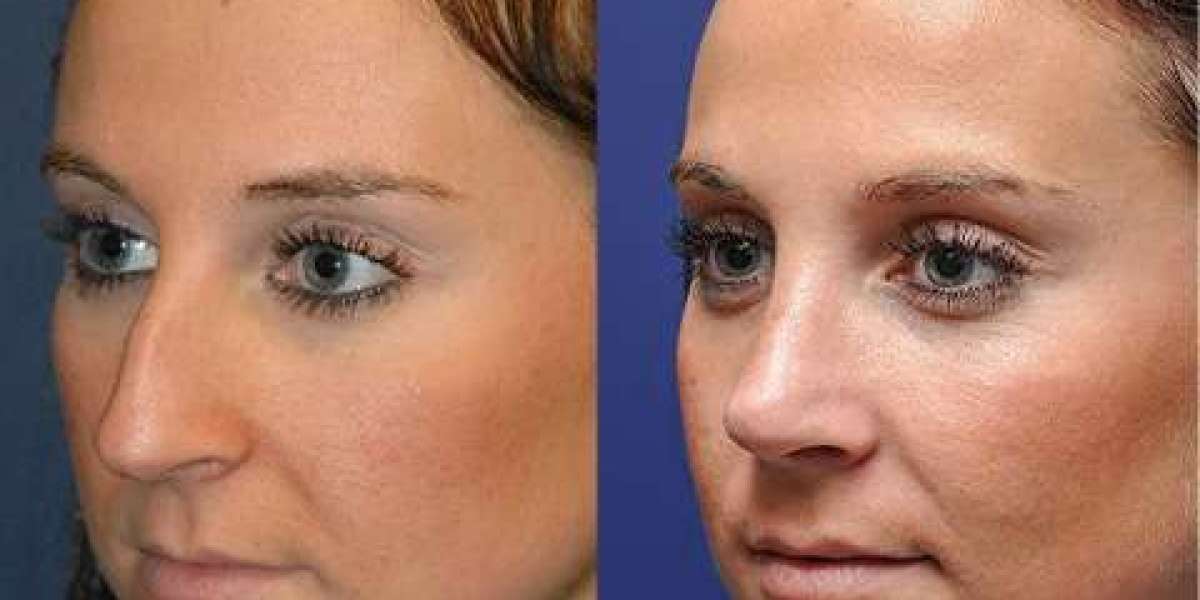Rhinoplasty is one of the most sought-after cosmetic surgeries in Dubai, offering both aesthetic and functional benefits. Whether you're looking to reshape your nose or correct breathing issues, rhinoplasty can deliver significant results. However, like any surgical procedure, it comes with potential risks and complications that patients should be aware of before moving forward.
Understanding what could go wrong—and how common or serious those issues are—can help you make an informed decision and prepare for the best possible outcome.
Common Complications Associated with Rhinoplasty
While rhinoplasty(تجميل الأنف) is generally safe, it is a complex surgical procedure that may lead to certain complications. These can range from mild swelling to more involved issues requiring revision.
Swelling and Bruising
Swelling is the most common and expected side effect after rhinoplasty. It can last for several weeks and even months in some cases. Most swelling subsides in the first few weeks, but residual puffiness—especially around the nasal tip—may take up to a year to fully resolve.
Breathing Difficulties
Some individuals may experience temporary or prolonged nasal obstruction after surgery. This is often due to swelling or changes in the internal nasal structures. In rare cases, improper healing or excessive cartilage removal can lead to permanent breathing issues.
Infection
Infection is relatively rare but remains a risk with any surgical procedure. Post-operative care and hygiene play a key role in minimizing this complication.
Nosebleeds
Mild nosebleeds can occur during the first few days after the surgery. These are usually controlled with nasal packing or rest. Persistent or heavy bleeding may require medical attention.
Asymmetry
While rhinoplasty aims for facial balance, perfect symmetry is not always guaranteed. Minor asymmetries can develop during the healing process and may not become apparent until months after surgery.
Scarring
Most rhinoplasty incisions are internal (closed rhinoplasty), but when external cuts are made (open rhinoplasty), there is a small chance of visible scarring. Proper wound care and healing typically reduce this risk significantly.
Numbness
Temporary numbness around the nose or upper lip is common and usually resolves over time. However, some patients may experience long-term changes in sensation.
Dissatisfaction with Results
Not all outcomes meet patient expectations. Dissatisfaction may arise from aesthetic issues or persistent functional problems. This sometimes leads to revision rhinoplasty, which can be more complex than the initial surgery.
Minimizing the Risks
While complications can happen, there are several steps you can take to reduce the likelihood:
Attend a thorough pre-surgery consultation to discuss expectations and potential outcomes.
Follow all pre- and post-operative care instructions carefully.
Allow adequate time for healing before evaluating final results.
Avoid strenuous activities, smoking, and alcohol during recovery.
Keep follow-up appointments to monitor progress and detect any early issues.
FAQs:
How long does swelling last after rhinoplasty?
Swelling peaks within the first week and gradually subsides over weeks to months. Final results may not be fully visible for up to a year.
Is revision rhinoplasty common?
Revision surgeries are relatively common and often performed to correct minor imperfections or address functional concerns.
Can I prevent complications altogether?
While you can reduce the risks, no surgery is entirely free from potential complications. Proper planning and care significantly lower the chances.
What if I don’t like the results?
If dissatisfaction persists after full healing, revision rhinoplasty may be an option. It's important to wait until the nose has completely healed before making this decision.
Will insurance cover complications or revisions?
In most cases, cosmetic rhinoplasty is not covered by insurance. However, functional corrections or complications might be, depending on your policy.
Final Thoughts:
Rhinoplasty(تجميل الأنف) in Dubai is a highly effective solution for both cosmetic and functional nasal concerns. While the procedure offers transformative results, it's crucial to understand and prepare for possible complications. By staying informed and following medical guidance, you can enjoy a smooth recovery and achieve your desired outcomes.



